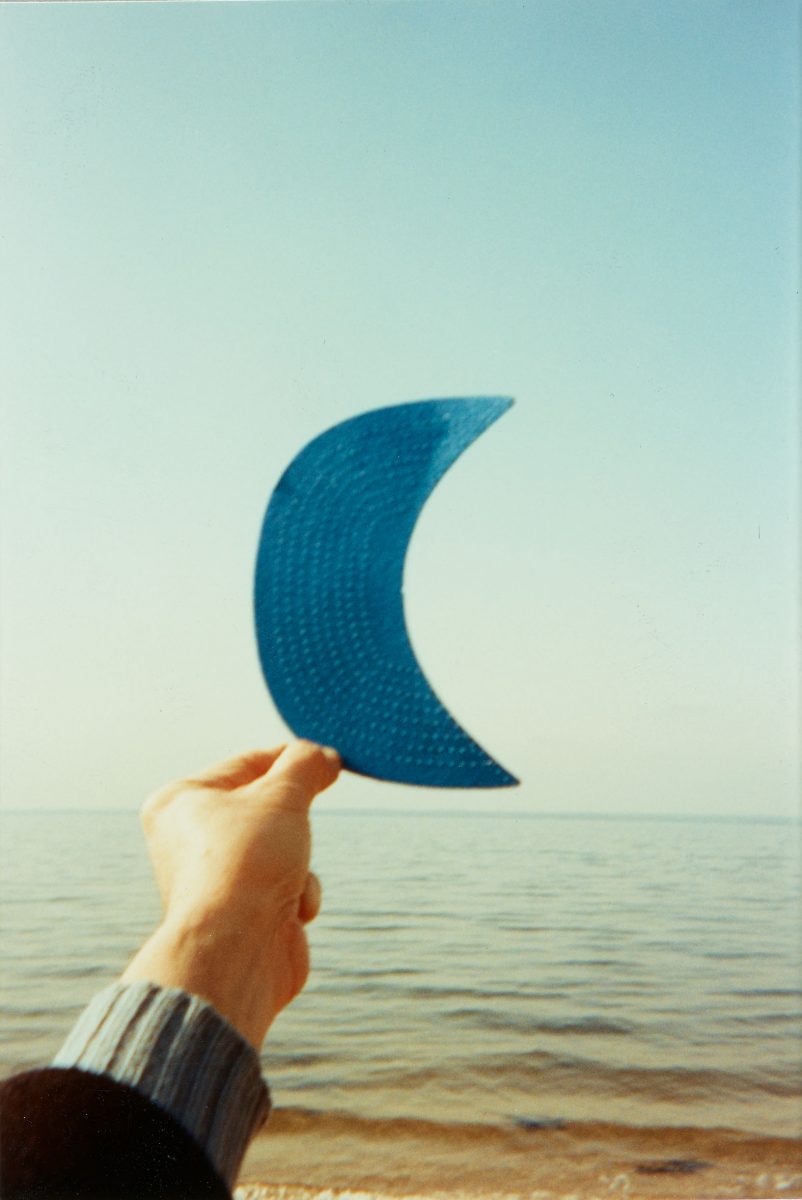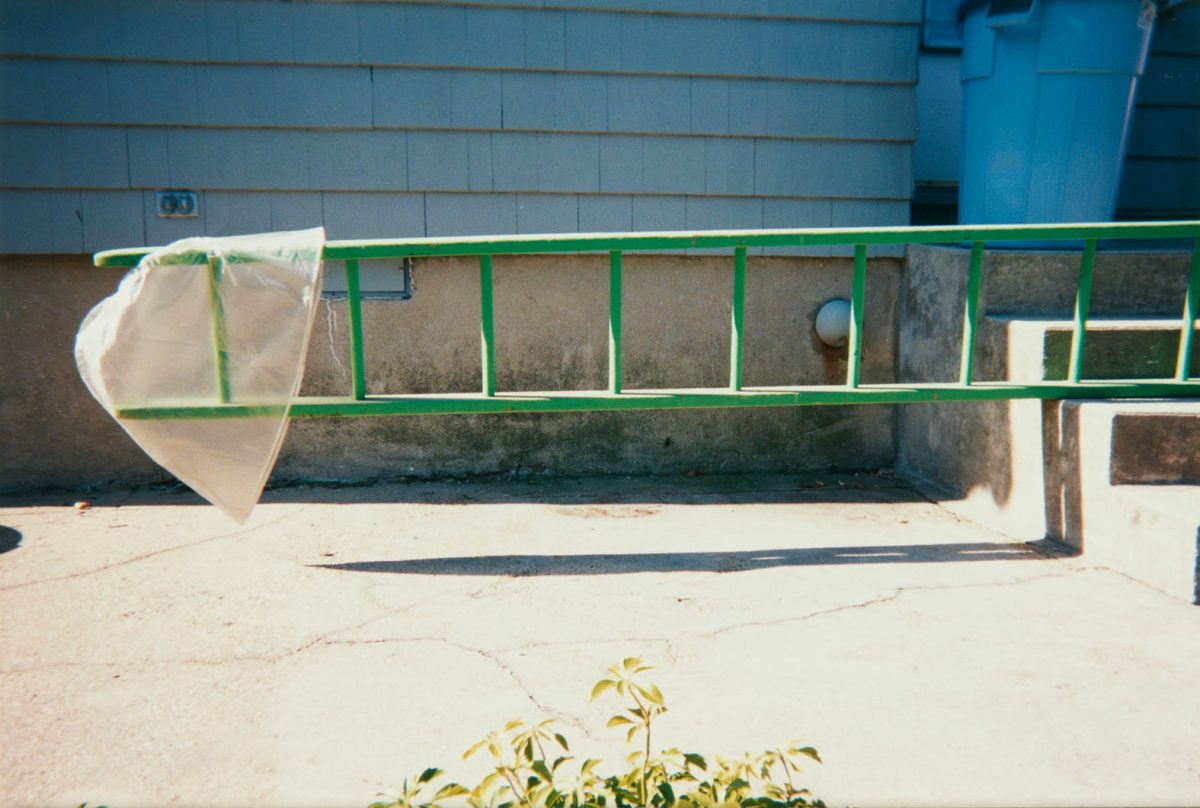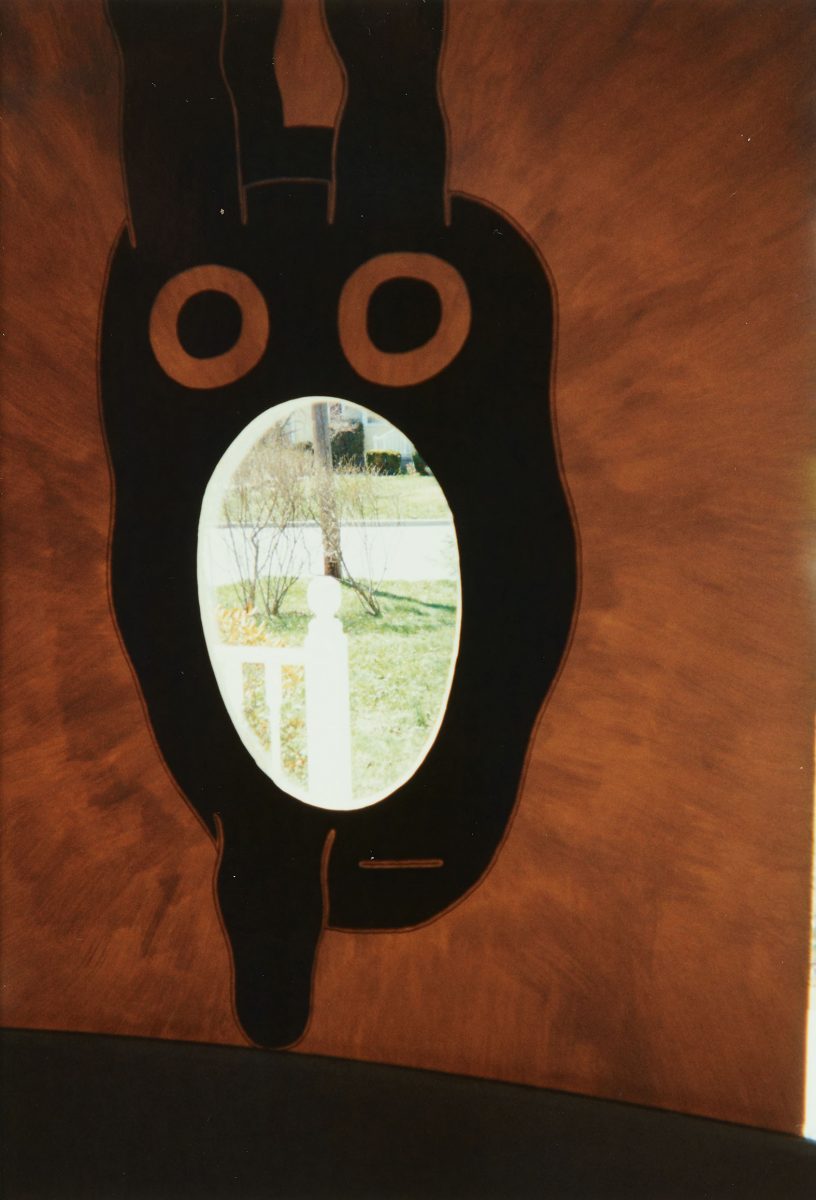
In the autumn of 1955, artist Ray Johnson walked through the streets of New York City with a slip of paper, asking strangers if they could define the word he’d written on it: “motico.” People gamely racked their brains: “‘Gee, I wish to hell I knew,’ said one. A nun asked, ‘Isn’t it a kind of colour?’” Johnson recalled these encounters in a story that ran that year in the very first issue of The Village Voice, when he was 27 years old and living in Manhattan, and working primarily in painting and collage.
The word was one Johnson had invented. An anagram of osmotic (a word allegedly chosen at random from a book), “moticos” could refer to several different things. Johnson called the small collage panels he made “moticos” but he also used the word to refer to textual representations too. Johnson would paint and transform the cardboard pieces that came with his laundry into parts of his collages, transforming them into silhouettes and then glyphs, new moticos.
Recently more than 5,000 colour photographs were discovered posthumously in Johnson’s Long Island house. Images of moticos feature again and again, but so too do telephones, twins, gravestones, and baseball cap bills.

Johnson left many artistic signatures behind after a relentlessly productive lifetime. His work is as mercurial and interconnected as his collages, and as riddled with handmade signifiers as the unique mail art pieces he sent right up until his death to a chosen audience of hundreds of friends and other individuals, as indelible as the line drawing of a bunny head that became his emblem and avatar, as graphic and collage-like as the covers he designed for books of poems by Arthur Rimbaud and William Carlos Williams.
“Johnson left many artistic signatures behind after a relentlessly productive lifetime. His work is as mercurial and interconnected as his collages”
Deeply involved in downtown circles, Johnson became known on a wider scale only after his death in January 1995 when he dove off a bridge in Long Island. The splash was heard by two teenage girls who ran to the edge of the water to see a man who appeared to be backstroking away from shore.
Mystery preceded and surrounded this apparent suicide, and the connections to the enigmatic nature of Johnson’s work. How could it be that the founder of the New York Correspondance[sic] School had failed to leave a note? “You’ll read about it in the New York Times,” Johnson told his longtime mail art correspondent Sheila Sporer, one of a few friends who in his last months questioned the odd turn of some of his missives.
He was characteristically tight-lipped about the photographs he’d been making for several years with a “throwaway camera.” After he died in January 1995, another friend went to Living Color, the local shop where he regularly had film processed, and picked up the final frames he’d dropped off in late December, looking for clues.
Symbols and codes and deliberate puns are such a feature of Johnson’s work that the critic Holland Cotter has equated some of his pieces to poems. The references are so embedded that when discover the connections it is hard not to read them as meant specifically for you.

Born in Detroit, Johnson had had his own osmotic experience in the 1940s as a student at Black Mountain College, a progressive experimental art school in North Carolina, where Anni Albers, Merce Cunningham and John Cage were teachers. Johnson himself was enormously influenced by his teachers Josef Albers and Robert Motherwell, and Cage became both a good friend and Johnson’s flatmate in New York City.
If Cage had staged the first ever ‘Happening’ at Black Mountain, then Johnson did the opposite with his ‘Nothings’, gatherings of people at which he claimed zero events would occur. At one such Nothing: Johnson arrived late to an apartment of attendees, dropped some wooden spools down a staircase, and then everyone left.
“At one such Nothing: Johnson arrived late to an apartment of attendees, dropped some wooden spools down a staircase, and then everyone left”
For a while, he put off would-be curators and galleries who wished to give him a show, saying he didn’t have any work for one. “‘What could you call it?’” Johnson would say. “‘Nothing.’” In the last weeks of his life he did in fact mount a show titled Nothing, which consisted of Johnson placing various objects in the window of a Long Island gallery that was closed for the season. He neglected to share the 5,000 somethings, the photographs stored in processing envelopes at home.
Photography had long been a part of his work, but not the focus of it. Johnson posed himself in clever variations in photobooths and he collaged moticos and other elements onto other photographs of himself. He used magazine pictures too: Elvis Presley #1 Oedipus, one of Johnson’s most famous works, features a cutout photo of Elvis, collaged drops of blood streaming from his eyes, and red motico glyphs from his lips, a work that predated Andy Warhol’s silkscreen Double Elvis portrait by several years.

Johnson posed for photographs by his friend Hazel Larsen Archer at Black Mountain College, as well as by Peter Hujar, who died seven years prior to Johnson, and by Duane Michals, who he in turn honoured in two of his Movie Star works. These vertical collages on corrugated cardboard often bore the names of the pop culture and art world figures they represented (Josef Albers, Picasso, Piet Mondrian, Erik Satie, Joseph Cornell) and a face, or at least a bunny head face, as in the case of Michals.
“Johnson photographed his own shadow, interacting with the places of his solitary visits”
Johnson told the critic David Bourdon that he hoped to show 72 of the Movie Stars in a Ray Johnson Outdoor Movie Show. Meanwhile he often drove stacks of the pieces to various settings in Long Island (playgrounds, parking lots, fences, creeksides) and photographed them.

Johnson held up the sky-blue bill of a baseball cap over a railroad crossing and photographed it. When he holds it over the ocean in another image, it resembles a crescent moon. With his “throwaway” camera he photographed arrangements of photographs and photobooks by Walker Evans, Lord Snowden, Richard Avedon, Bill Brandt, and Lee Friedlander. Friedlander-like, Johnson photographed his own shadow, interacting with the places of his solitary visits.
He photographed his own works in infinite arrangements and continuous correspondence: two bunnyheads sitting up conversationally in tall chairs. He photographed his headshot, affixed to the passenger seat of a car, next to a double photo of Elvis, in the driver’s seat. He photographed a blank billboard in a field; he photographed a pier; he photographed the ocean. He photographed a picture of himself in his shadow cast across a mailbox, a bunny head peeking out. The unearthed photographs become the last note sent.
Rebecca Bengal writes fiction, essays, and long-form journalism. Originally from North Carolina, she is now based in New York City
Please Send to Real Life: Ray Johnson Photographs is at the Morgan Library in New York until 2 October. PLEASE SEND TO REAL LIFE: Ray Johnson Photographs is out now (MACK)
Images courtesy the artist and MACK








